Refine listing
Actions for selected content:
2252 results in Cambridge Elements
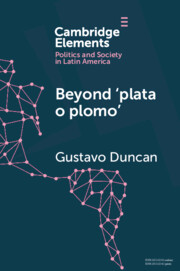
Beyond 'plata o plomo'
- Drugs and State Reconfiguration in Colombia
-
- Published online:
- 07 October 2022
- Print publication:
- 06 October 2022
-
- Element
- Export citation
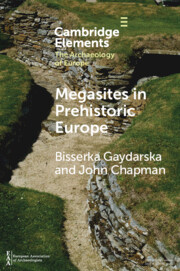
Megasites in Prehistoric Europe
- Where Strangers and Kinsfolk Met
-
- Published online:
- 07 October 2022
- Print publication:
- 27 October 2022
-
- Element
- Export citation
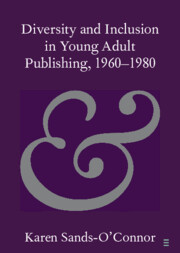
Diversity and Inclusion in Young Adult Publishing, 1960–1980
-
- Published online:
- 06 October 2022
- Print publication:
- 27 October 2022
-
- Element
- Export citation
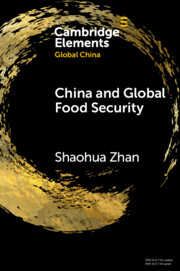
China and Global Food Security
-
- Published online:
- 05 October 2022
- Print publication:
- 03 November 2022
-
- Element
- Export citation
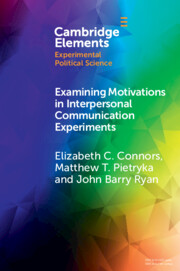
Examining Motivations in Interpersonal Communication Experiments
-
- Published online:
- 04 October 2022
- Print publication:
- 03 November 2022
-
- Element
- Export citation
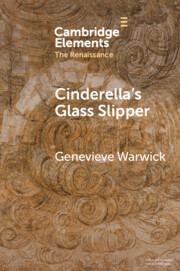
Cinderella's Glass Slipper
- Towards a Cultural History of Renaissance Materialities
-
- Published online:
- 03 October 2022
- Print publication:
- 20 October 2022
-
- Element
- Export citation
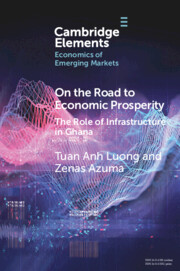
On the Road to Economic Prosperity
- The Role of Infrastructure in Ghana
-
- Published online:
- 01 October 2022
- Print publication:
- 03 November 2022
-
- Element
- Export citation
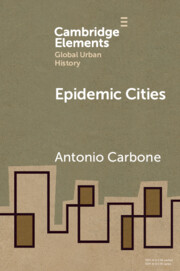
Epidemic Cities
-
- Published online:
- 30 September 2022
- Print publication:
- 27 October 2022
-
- Element
- Export citation
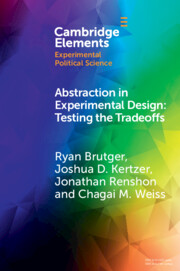
Abstraction in Experimental Design
- Testing the Tradeoffs
-
- Published online:
- 29 September 2022
- Print publication:
- 27 October 2022
-
- Element
- Export citation
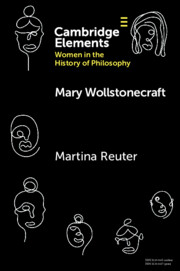
Mary Wollstonecraft
-
- Published online:
- 27 September 2022
- Print publication:
- 13 October 2022
-
- Element
- Export citation
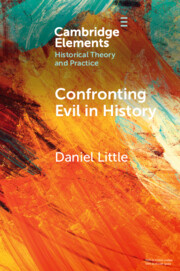
Confronting Evil in History
-
- Published online:
- 23 September 2022
- Print publication:
- 13 October 2022
-
- Element
- Export citation
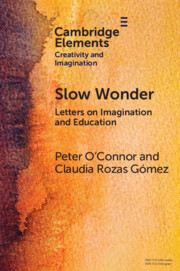
Slow Wonder
- Letters on Imagination and Education
-
- Published online:
- 23 September 2022
- Print publication:
- 27 October 2022
-
- Element
- Export citation
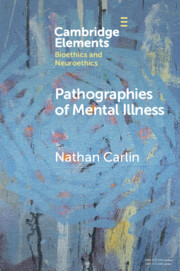
Pathographies of Mental Illness
-
- Published online:
- 22 September 2022
- Print publication:
- 20 October 2022
-
- Element
- Export citation
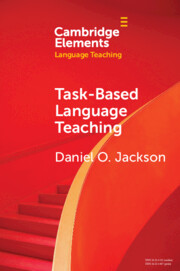
Task-Based Language Teaching
-
- Published online:
- 22 September 2022
- Print publication:
- 06 October 2022
-
- Element
- Export citation
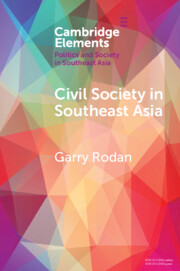
Civil Society in Southeast Asia
- Power Struggles and Political Regimes
-
- Published online:
- 22 September 2022
- Print publication:
- 20 October 2022
-
- Element
- Export citation
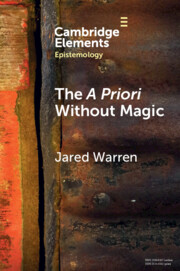
The A Priori without Magic
-
- Published online:
- 20 September 2022
- Print publication:
- 13 October 2022
-
- Element
- Export citation
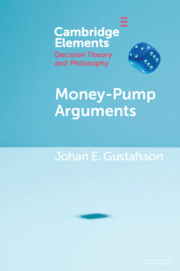
Money-Pump Arguments
-
- Published online:
- 19 September 2022
- Print publication:
- 13 October 2022
-
- Element
-
- You have access
- Open access
- HTML
- Export citation
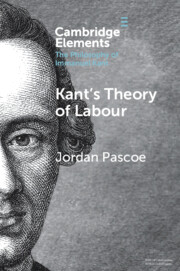
Kant's Theory of Labour
-
- Published online:
- 15 September 2022
- Print publication:
- 22 September 2022
-
- Element
- Export citation
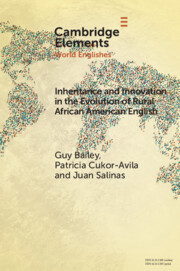
Inheritance and Innovation in the Evolution of Rural African American English
-
- Published online:
- 15 September 2022
- Print publication:
- 06 October 2022
-
- Element
- Export citation
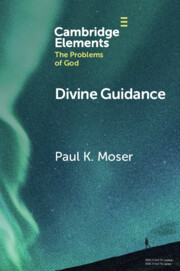
Divine Guidance
- Moral Attraction in Action
-
- Published online:
- 15 September 2022
- Print publication:
- 20 October 2022
-
- Element
- Export citation
